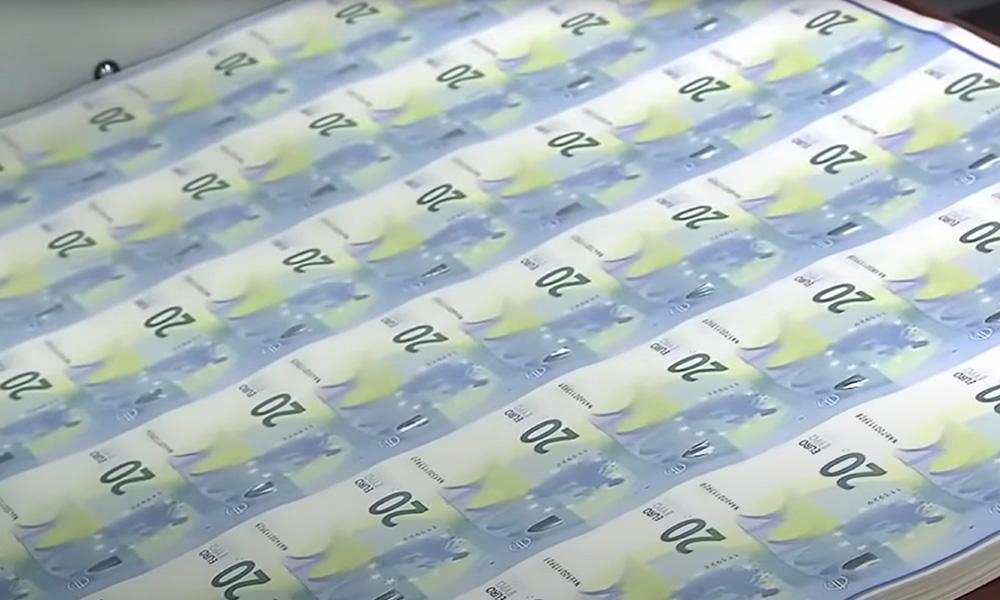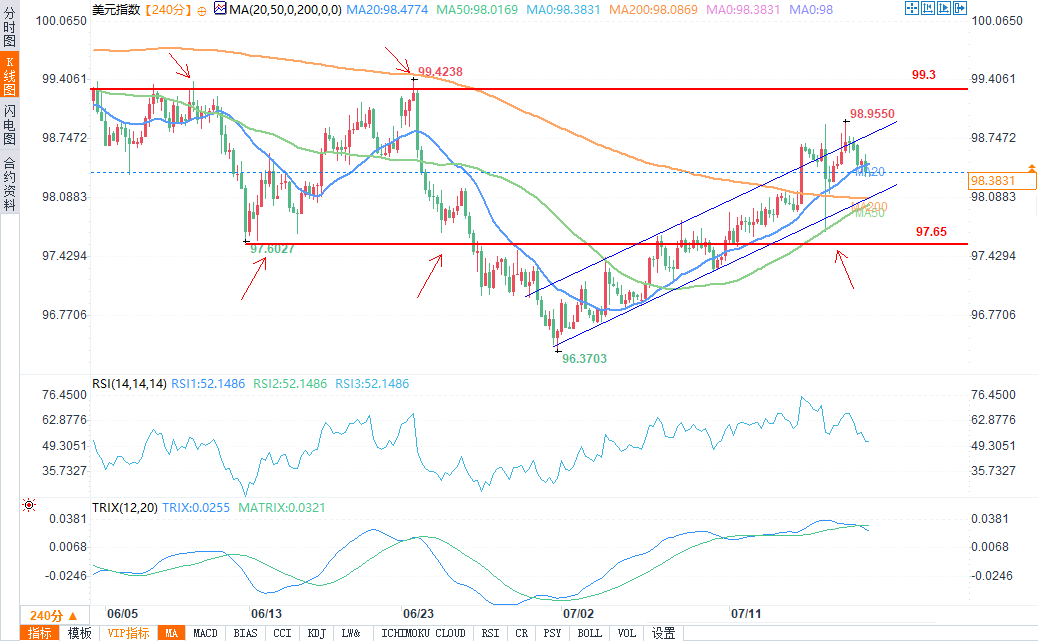Dollar Forecast: Entering a seesaw consolidation? Fed's dovish signals are met with strong data
2025-07-18 18:11:27
The US dollar is caught in a tug-of-war between dovish signals from the Federal Reserve and resilient economic fundamentals. Although the technical bias of the US dollar index is bullish, external uncertainties and market dynamics require vigilance. Close attention to data and policy developments will be key to navigating this volatile situation.

Fed's dovish comments
Recent comments from Federal Reserve officials have tended to loosen monetary policy, putting pressure on the dollar. Mary Daly, president of the Federal Reserve Bank of San Francisco, said that two interest rate cuts in 2025 were "reasonable," noting that the neutral interest rate could be close to 3%, and warned that delaying rate cuts could jeopardize economic stability.
Federal Reserve Governor Christopher Waller went further, arguing for a 25 basis point rate cut as early as the July 2025 meeting, citing signs of softening growth and well-controlled inflation. Some investors echoed Waller's urgency, noting that he remains concerned about a weakening labor market despite the strong data.
However, not all Fed members share the same view. Governor Adriana Kugler stressed the need for caution, noting that the job market is stable and inflation risks have eased. She also pointed out that President Trump's proposal to impose 20%-40% tariffs on major trading partners could bring inflationary pressures. A Reuters report showed that such divisions within the Fed have increased market uncertainty, and the probability of a rate cut in July has increased to 25% from 12% a week ago.
Strong data tempers expectations of rate cuts
Despite the dovish rhetoric, strong U.S. economic data acted as a counterbalance, reducing the urgency of an immediate rate cut. Retail sales rose 0.6% month-on-month in June, reversing a 0.9% decline in May, indicating resilience in consumer spending. Weekly initial jobless claims fell to 221,000, below consensus expectations, highlighting a strong labor market. The data suggests the Fed is likely to remain cautious, which supports the positive trend for the dollar.
Corporate earnings further boosted risk appetite, indirectly weighing on the dollar. Strong earnings from Netflix and TSMC reportedly pushed up stocks, reducing demand for the dollar as a safe-haven asset. Falling U.S. Treasury yields also pushed the dollar index back from recent highs.
Investors are now looking to the University of Michigan consumer sentiment report and housing data (building permits and new home starts) due on Friday for more clues on the economy's performance. The University of Michigan's 1-year inflation expectations survey currently forecasts 5%, but shows a clear partisan divide - Democrats expect higher inflation, while Republicans expect lower inflation. These expectations could affect Fed policy and dollar sentiment.
Capital Flows and External Risks
The overall trend for the dollar remains positive, with the dollar index up 0.55% this week and on track for its second straight weekly gain. This resilience is underpinned by its reestablished correlation with the 10-year Treasury yield and strong capital inflows.
TIC data for May showed a net inflow of $311 billion into dollar-denominated assets, a sharp rebound from outflows of $14 billion in April, indicating continued confidence among foreign investors. However, anecdotal evidence suggests an increase in dollar hedging activities, which could limit the dollar's upside.
External risks, especially trade policy, loom large. Trump's proposed tariffs on the European Union, Canada and Mexico have sparked volatility in markets, which are pricing in potential inflationary impacts that could force the Fed to rethink its easing plans.
Bloomberg analysis pointed out that inflation caused by tariffs may delay interest rate cuts, while a potential ceasefire agreement in the Middle East may further reduce the safe-haven demand for the US dollar.
Technical Analysis

(Source of 4-hour chart of US dollar index: Yihuitong)
The moving average shows that the US dollar index is generally bearish in the first half of 2025.
However, the market landscape changed in July: the index began to rise steadily (it has risen by about 1.9% since the beginning of the month), and the upward trend channel clearly showed this trend.
This suggests that the US dollar index may have found support after a long period of decline, and the market sentiment may change: after the bearish phase, it may enter a consolidation period. If this scenario comes true, the US dollar index may fluctuate between 97.65 and 99.30, both of which show signs of support and resistance (as indicated by the arrows).
- Risk Warning and Disclaimer
- The market involves risk, and trading may not be suitable for all investors. This article is for reference only and does not constitute personal investment advice, nor does it take into account certain users’ specific investment objectives, financial situation, or other needs. Any investment decisions made based on this information are at your own risk.










